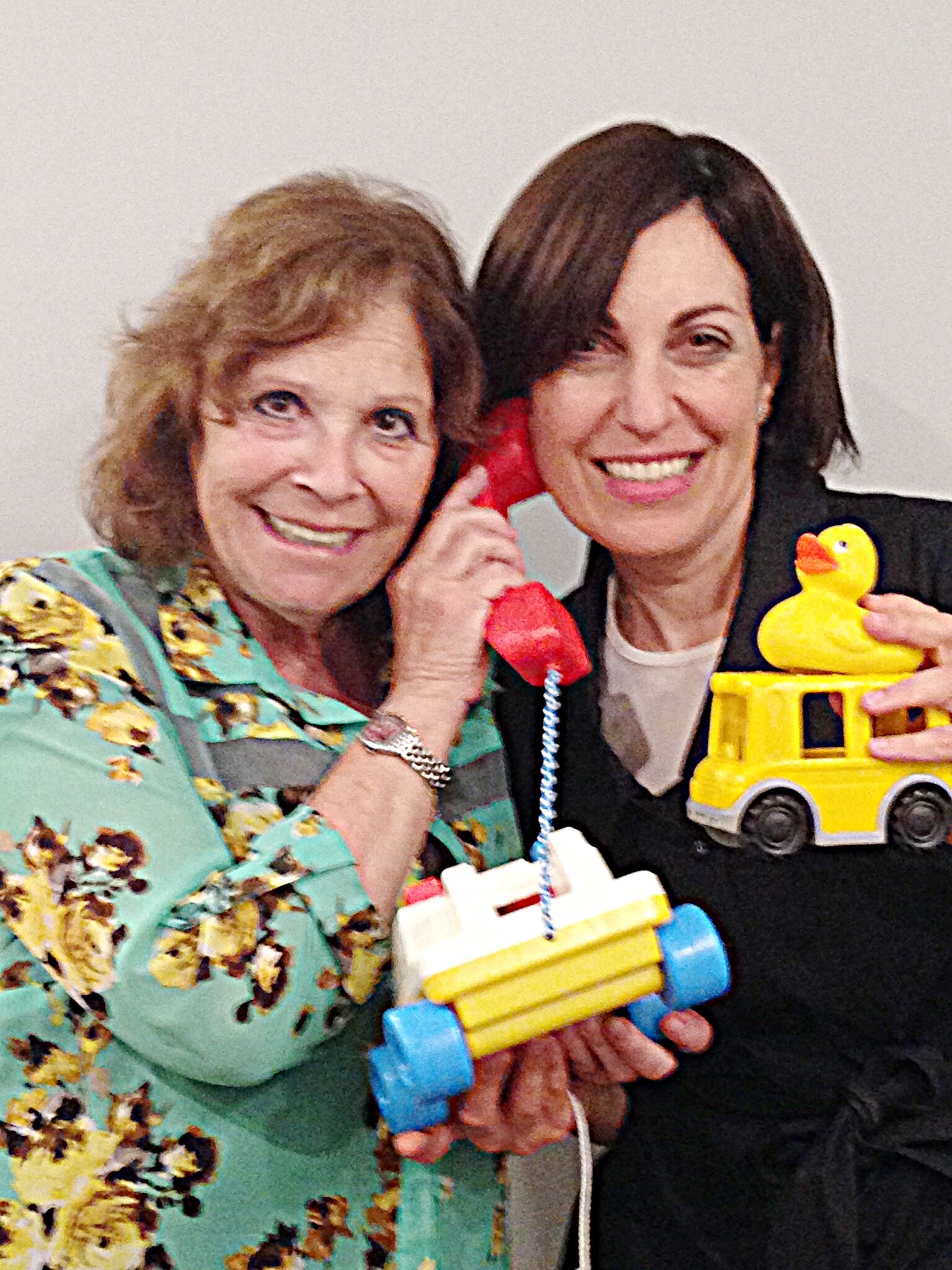
It is hard to overstate the beneficial effects of a superior speech therapy program for your child. But to be effective the program must carry over into the child’s daily life with her family. You parents must work with your child after the speech therapist has left the scene.
Typically, your child will begin with one-on-one therapy with his or her therapist in the home. The therapist will identify the child’s speech issues and will develop a plan of therapy to improve the child’s performance, resolve the issues and fix the problem. Your therapist will outline the specific speech goals to be achieved in the course of the your child’s therapy and she will make clear to you that your active involvement in the process is crucial. Because once the therapy program is concluded your child needs you to continue where the therapist left off.
It is up to the parents to enhance their child’s performance and to help bring that performance to the next higher level.
Many therapists call this “transitioning” or “carryover,” specifically involving the application of the skills learned in a one-on-one therapy program.
Children should practice the skills they have learned during therapy sessions in their natural environment with peers and adults.
CASE IN POINT:
Name: Dovid
Age: 2 years, 3 months
Description: Child lacks expressive vocabulary, possible verbal-oral apraxia
Therapy course:
When we first met Dovid he had very little expressive vocabulary. He could only jump up and down, scream and repeat “Uh, uh, uh,” and point to a nonspecific area in the room. Fortunately, his comprehension was intact. His mom and the rest of the family felt frustrated and powerless. They wanted to know what he wanted. They wanted to hear his words.
Dovid began receiving individualized speech therapy twice a week. Our first goal was to establish a communication system to reduce his frustration. We began with his food needs. He was given a choice of snacks with the objects themselves laid before him. Dovid was taught to point toward the objects/snacks and then to posture “give me,” with his hands pointed to his chest. He was then taught to use the sign for “eat” in conjunction with “give me” in order to obtain his favorite snacks. Further along, we displayed photographs of the snacks to him together with the actual snacks, and ultimately, only the photographs without the snacks. Dovid’s mother put an array of photographs on the fridge and Dovid learned how to obtain the foods he wanted. The photos were then hole punched and placed in a binder so they would be mobile. This way Dovid could communicate his food needs when his parents took him out of the house. We did the same thing with Dovid’s favorite toys. Other activities of daily living such as sleep and playing in the playground were turned into usable photographs. For example, a picture of a bed was used to indicate sleep. A picture of the playground communicated “go out and play.” Dovid’s mom was instructed to satisfy all of his requests at first, but if she could not satisfy them she was to acknowledge them and explain to Dovid why he could not have them.
While we were expanding his “non-verbal” expressive communication, we started to train Dovid to use verbal expressive language. We began to train Dovid’s mouth to use vowels first, then combinations of consonants and vowels together with motor exercises in his mouth. We also used facial prompts to assist Dovid in his oral movements. Dovid began to use word approximations. Dovid even self-prompted his mouth with his hands in the initial phase. Mom and Dad practiced with him using these prompts three times daily.
Dovid began to communicate his needs through a “whole language approach,” which included signs, gestures and photos as well as vocalization, and thus he began putting together words, phrases and sentences.
After 12 months of speech therapy, Dovid was ready to move up to the next level, the transition. This was indeed the hardest part of the therapy, the transition of his skills from his home environment to communicating with his extended family, as well as his playmates and teachers. As part of our work with Dovid, we accompanied him and his mom to music class, to the supermarket and to the library for a toddler class. We taught Dovid’s mom how to signal Dovid to use his language skills in these various surroundings.
Dovid is now in a nursery program five mornings a week. His language is quite functional for a 3-year-old and he no longer needs speech therapy. Dovid achieved this because his family and his larger community were included in the therapy process.
Yes, it took a village!
Rose Burstein and Esther Mehler are certified speech therapists in private practice in Bergen County for over 30 years. They host a speech therapy group for toddlers with mild speech delays called TWINKLE TOTS.
For further information, contact TWINKLE-TOTS.ORG
By Rose Burstein and Esther Mehler










